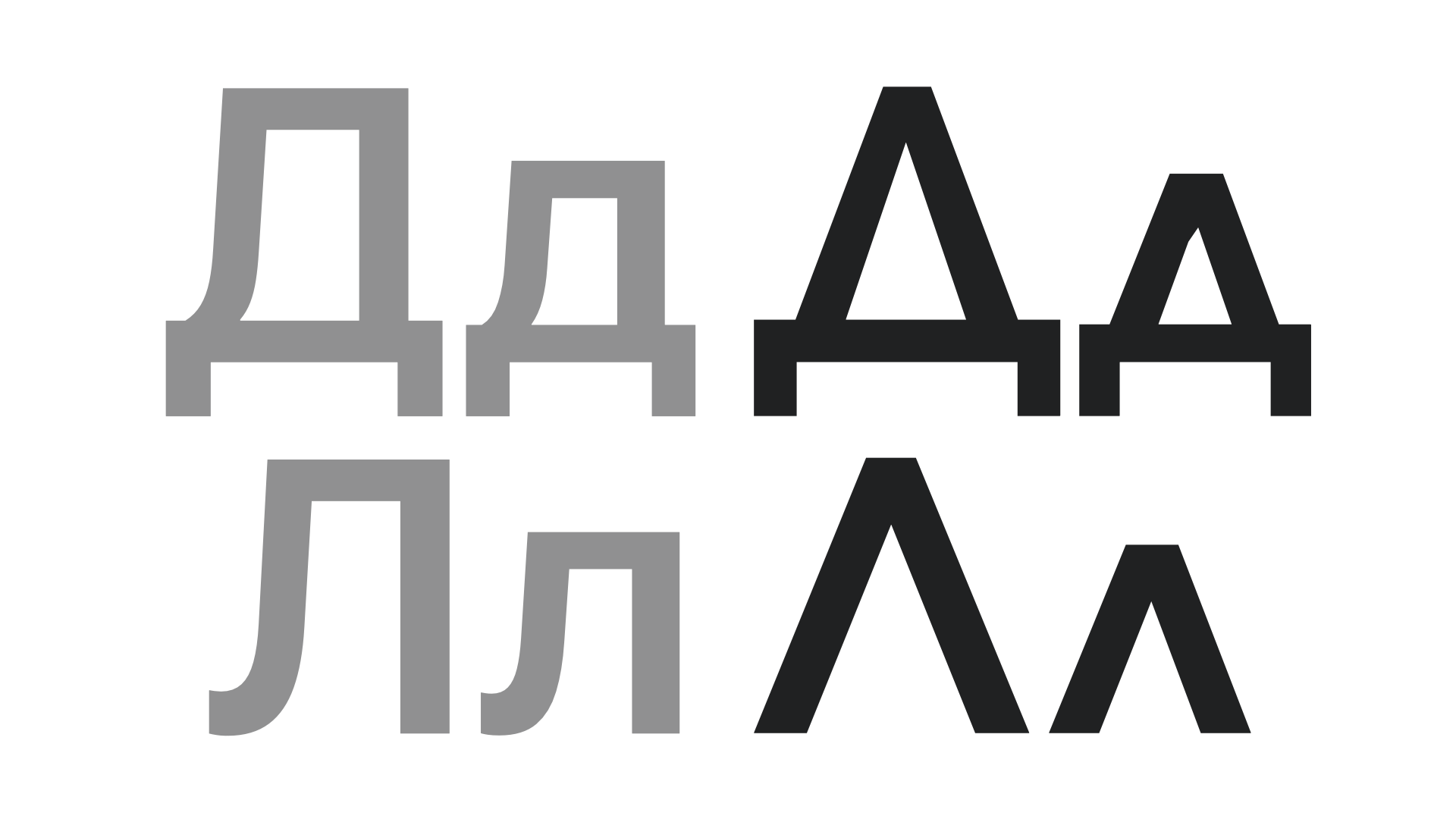Introduction
Subdivisions
Bulgaria is divided into 28 provinces, also known as oblasti (области in Cyrillic):
- Burgas A
- Varna B
- Vidin BH
- Vratsa BP
- Veliko Tarnovo BT
- Blagoevgrad E
- Gabrovo EB
- Pleven EH
- Kardzhali K
- Kyustendil KH
- Montana M
- Shumen H
- Lovech OB
- Ruse P
- Pazardzhik PA
- Plovdiv PB
- Pernik PK
- Razgrad PP
- Grad Sofia / Sofia City C
- Sliven CH
- Smolyan CM
- Sofia CO
- Silistra CC
- Stara Zagora CT
- Targovishte T
- Dobrich TX
- Yambol Y
- Haskovo X
License Plates
As a member of the EU, Bulgaria's license plates feature a blue band on the left side of the plate with the EU circle of stars and the country code BG. Plates are white with black text: BGAB 1234CD. The first one or two letters represent the province of registration, the provincial code for which can be found in the Subdivisions list above. Note that Sofia City exhausted all C codes, and so currently uses CA and CB as well.
Phone Codes
Phone numbers are prefixed with a zero (0), and are mostly organized by province and region. In the list below, places suffixed with C denote that the phone code is specific to the city of the same name.
Capital 2x
- Sofia C
South 3x
- Smolyan
- Plovdiv
- Plovdiv C
- Plovdiv
- Pazardzhik C
- Pazardzhik
- Kardzhali
- Haskovo
- Haskovo C
- Haskovo
Southeast 4x
- Stara Zagora
- Stara Zagora C
- Stara Zagora (except 430)
- Sliven C
- Sliven
- Yambol C
- Yambol and Haskovo
East 5x
- Varna
- Varna C
- Shumen
- Shumen C
- Burgas
- Burgas C
- Dobrich
- Dobrich C
- Burgas
North 6x
- Targovishte
- Veliko Tarnovo
- Veliko Tarnovo C
- Veliko Tarnovo and Pleven
- Pleven C
- Pleven
- Gabrovo C
- Gabrovo and Lovech
- Lovech C
- Lovech
West 7x
- Kyustendil
- Sofia
- Sofia
- Blagoevgrad C
- Blagoevgrad
- Blagoevgrad and Sofia
- Pernik C
- Pernik
- Kyustendil C
- Kyustendil
Northeast 8x
- Ruse
- Ruse C
- N/A
- Razgrad C
- N/A
- Silistra C
Northwest 9x
- Vratsa
- Vratsa C
- Vidin
- Vidin C
- Montana
- Montana C
- Vratsa and Montana
Roads, Markings, and Signage
Highways & Road Numbering Schemes
The Bulgarian road network consists of motorways, of which there are currently only five; and national roads, which themselves are split into four tiers.
Motorways
Motorways are prefixed with the letter A. There are currently five motorways, most of which are unfinished. They are signposted with white text on a green background, much like E-routes.
A1 W-E from Sofia to Burgas
A2 W-E from Sofia to Yablanitsa, continues from Shumen to Varna
A3 N-S from Pernik to Greek border at Kulata
A4 W-E from Plovdiv to Turkish border at Svilengrad
A5 N-S from Varna towards Burgas (incomplete)
National Roads
National roads form the bulk of the Bulgarian road network, and are tiered according to the number of digits in the road number. These routes are signposted with white text on a blue background.
Single-digit roads are the main national roads, and are well-organized – odd-numebred routes go north-south, with numbering increasing to the east, while even-numbered routes go east-west with numbering increasing to the south:
1 N-S Vidin-Sofia
2 W-E Ruse-Shumen-Varna
3 N-S Ruse/Veliko Tarnovo-Pleven-Botevgrad (exception to the rule)
4 W-E Veliko Tarnovo-Targovishte-Shumen
5 N-S Ruse-Veliko Tarnovo-Stara Zagora-Haskovo
6 W-E Sofia-Sliven-Burgas
7 N-S Silistra-Shumen-Yambol
8 W-E Sofia-Plovdiv-Haskovo-Svilengrad
9 N-S Varna-Burgas
Two-, three-, and four-digit national roads derive their numbers from the road they branched off from. So the following hierarchy can exist (each road number branches off of the road one tier above it):
-
1
-
12
-
123
- 1234
- 1204
-
123
-
103
- 1034
- 1004
-
12
In the above hierarchy, roads 12, 103, and 1004 all branch off of the 1, but are of lower and lower tiers, linking smaller towns and villages. Roads 123 and 1204 branch off of the 12, but are of differing tiers as well, while 1234 is a further branch off of the 123. Meanwhile, 1034 is a branch off of the 103
Architecture
Language
Bulgarian is the official langauge of Bulgaria, and is part of the South Slavic group of languages, bearing close resemblance to Macedonian in particular. It is written in the Cyrillic script, as Bulgaria is where the script originated.
Script
Bulgarian uses the 30 letters of the standard Cyrillic alphabet:
Аа Бб Вв Гг Дg Ее Жж Зз Ии Йй Кк Лл Мм Нн Оо Пп Рр Сс Тт Уу Фф Хх Цц Чч Шш Щщ Ъъ Ьь Юю Яя
However, the modern Bulgarian script typically uses a more symmetric, triangular form of the letters Дд and Лл, shown on the right in the image below:

Sample
Всички хора се раждат свободни и равни по достойнство и права. Tе са надарени с разум и съвест и следва да се отнасят помежду си в дух на братство.
Map Library
Countrywide
-
IntersectionGuessr by PastequeHachee 60000 locs.
-
Bulgaria by Mapper 1000 locs.
-
Pinpointable by stanstoy 92 locs.
Most Similar
Hungary
One feature that Bulgarian coverage shares with that of Hungary is winter coverage, which is an identifying oddity of the two countries' coverage. Both countries can also have similar architecture at times, which means the best way to tell the two apart is through language – and their scripts in particular. Bulgaria uses the Cyrillic script (see Language), while Hungary uses the Latin alphabet.